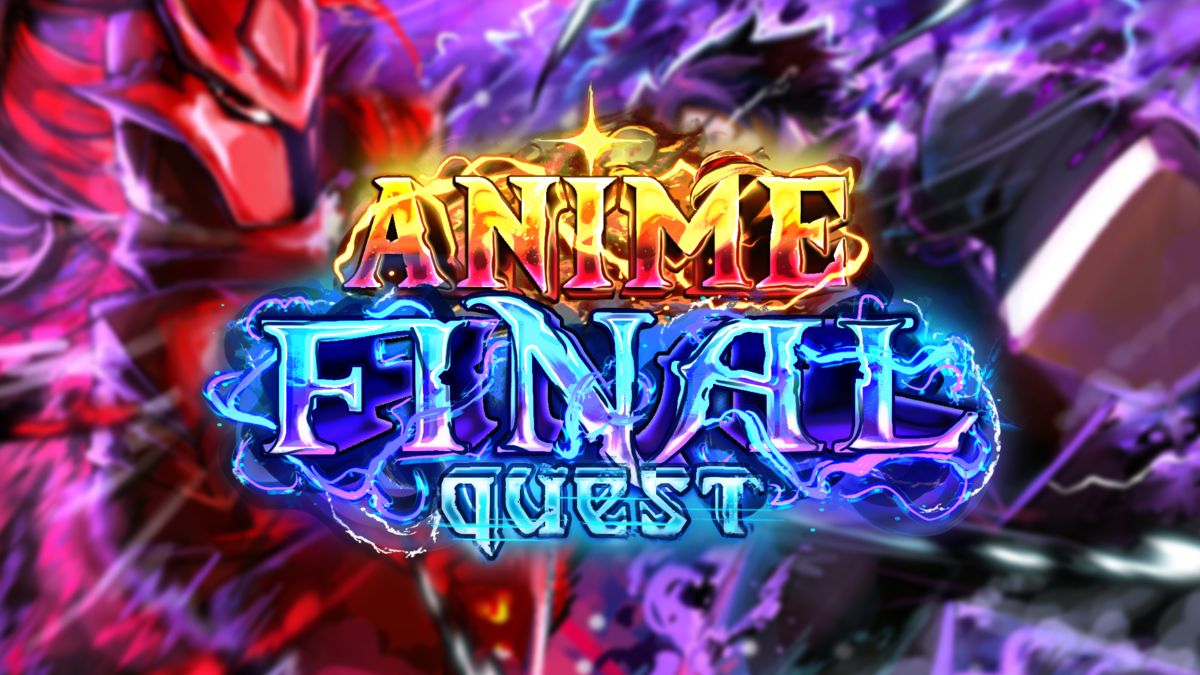Here’s what you need to know about the difficulty levels in The Witcher 3: Wild Hunt and how to change them
You can go to The Witcher 3: Wild Hunt for the story, or you can go through it experience the grueling combat and balance the various oils and potions during combat. How you like to play doesn’t matter, as long as you have a good time while doing so. Thankfully, with a few adjustments to your game settings, you can choose the best difficulty settings to make your experience an enjoyable one in The Witcher 3.
The Difficulty Settings of The Witcher 3
You have four different difficulty options when you first play the game:
- Just the Story
- Story and Sword
- Blood and Broken Bones
- Death March
The first two options provide the most comfortable gameplay experience. You won’t have to worry too much about using your potions, grenades, oils, or seek out high-level gear to benefit your combat prowess. Instead, if you use the basic attacks and the correct sword to fight your enemy, you can take them down with a few swings when you play on these choices. You want to pick these if you’re more interested in experience the story of The Witcher 3, and you’re not playing the game to have intense combat experiences.
The challenge ramps up when you pick Blood and Broken Bones. You won’t gain as much experience points for completing tasks, the enemies have additional health, and they hit harder than they usually would in the lower difficulties. You’ll want to play this if you’re comfortable dodging, using oils, and want to rely on potions during combat. When you meditate, you do not gain back any vitality, meaning you need to use food or potions to regain it when you lose it.
The hardest difficulty is Death March. You only want to be on this difficulty if you’ve become accustomed to parrying in the game, using your magic, knowing what oils damage enemies, and can obtain a wide variety of potions to enhance your abilities. Much like Blood and Broken Bones, you don’t gain as much experience points, the enemies hit harder, and they have more health. You won’t be able to gain vitality through meditation, either. You may want to play through the game at least once on Blood and Broken Bones before attempting to tackle this challenge, even if you have played other action-adventure games before The Witcher 3.
You pick the difficulty at the beginning of the game, but you can adjust it any time from the options menu. Pull it up in the middle of your game and go to the Gameplay settings to turn the difficulty up or down, depending on how you’re playing.










Published: Jan 9, 2020 04:13 am